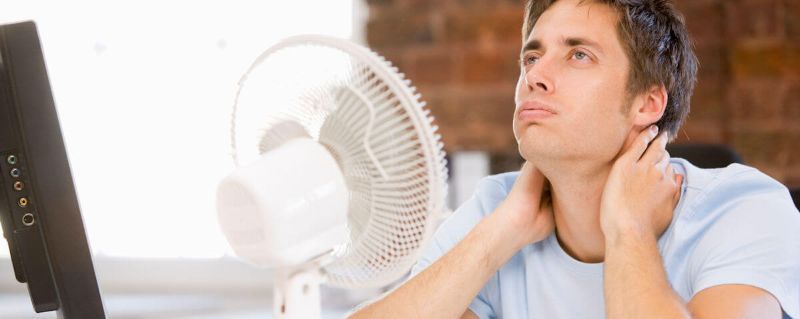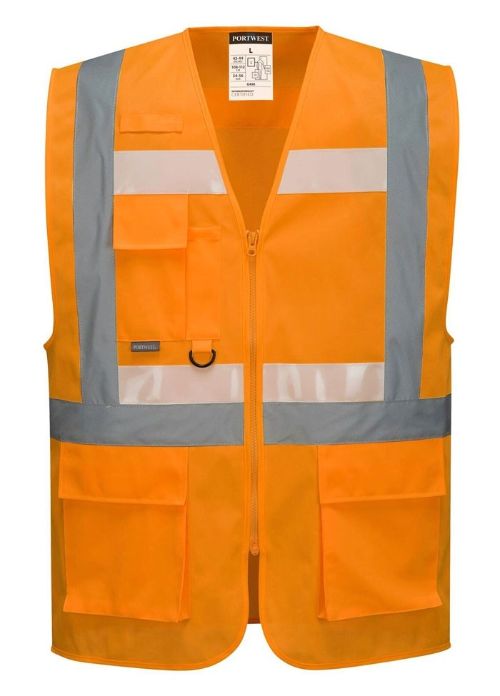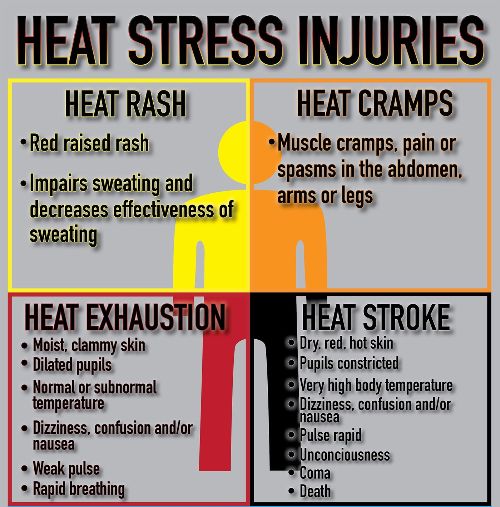3 Policies You Must Address for Working Outside in the Sun
It is important to understand how heat when working outside can affect your workers health both long and short term. With the weather rising each year, you must revise your policies to keep your staff safe while working outside. Here are 3 policies you need to address in order to work safely in the sun.
1. Workplace Temperature
According to the law, there is no minimum or maximum workplace temperature. However, as an employer you need to consider what is reasonable, safe, and comfortable. The Health and Safety Executive state workrooms should be around 13°C to 16°C. If the work involves rigorous effort 13°C is the advised temperature. A maximum temperature is not given because high temperatures are found in glass works and foundries where it is possible to work safely with appropriate controls.
When doing a workplace temperature assessment, especially when working outdoors on hot days, employers must consider:
• Air Temperature
• Radiant Temperature
• Humidity
• Air Velocity
The Trade Unions Congress (TUC) is trying to change the laws for maximum indoor temperature of 30°C and 27°C for strenuous work, and that when it reaches 24°C employers should add a cooling system. There is no sign if this rule would be applied also to outdoor working temperatures.
You need to make sure the temperature you are working in is reasonable and safe. Make sure you consider heat stress and dehydration. If there are several of your workers complaining or reporting an illness because of thermal discomfort, you need to review the situation and implement the appropriate controls.

2. PPE and Thermal Comfort
Personal protective equipment is designed to be a last resort in protecting employees from harm. The HSE notes that when workers are wearing PPE, their body cannot evaporate sweat as effectively, which can lead to overheating. PPE can also be heavy and uncomfortable. Wearing PPE in the heat when working outside can increase the risk of heat stress.
It is vital that employers wear PPE, but in breaks, it is advised that workers remove PPE to allow it to dry and replace it with clean PPE, allowing heat to escape and cooling the worker. PPE can prevent environmental adaptation. However, it is best to wear PPE for protection and it is just advisable to work more slowly and take frequent breaks.
3. Protecting Employees from Harm
In order to protect your workers from the sun, you first need to understand the risks. If your employees are exposed to the sun for a long period of time, this is harmful to their skin. It can cause sunburn, blisters, and ageing. Over time, this exposure can lead to an increased risk of skin cancer. Even if your workers have a tan, this is a sign that UV rays have damaged their skin and can continue to do this on a cloudy day. Also, your employees are at risk of low energy levels and heat stroke, rash, cramps, and exhaustion.
Next, you need to know who is at risk. As you already know, people who work outdoors for a long time are at risk. However, there may be some factors you have overlooked. People who have red or fair hair, freckles, light coloured eyes, and moles are at a higher risk.
By following the HSE Guidelines, you will be protecting your workers. You can reschedule work for cooler times of the day and provide rest breaks and introduce shaded rest areas. You must always provide free access to cool drinking water. Make sure you encourage your workers to remove their PPE when resting and educate them on how to recognise heat stress symptoms.
Also, you should encourage your employees to take measures to protect themselves. Advise them to wear the correct PPE and use sun cream. They should take regular breaks in a shady spot and drink plenty of water.
Conclusion
Working in the sun can be uncomfortable for employees, and it can put them at risk. For warm English days, it is best to conduct a risk assessment to find out how to protect your workers from harm. Address these three policies every time the temperatures soar.
- 6 Visual Cues That Shape Workplace Culture - 23rd September 2025
- How to Roll Out a Workplace Uniform Policy - 23rd September 2025
- What Makes Workwear ‘Good’? How to Choose Work Clothing That’s Actually Built for Work - 13th August 2025








